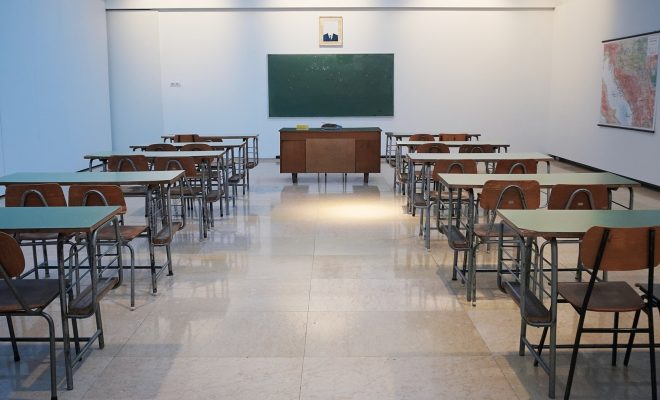22 Methods for Motivating Students to Behave Appropriately in a Small Group Setting

Are you looking for methods to motivate students to behave appropriately in a small group setting? If so, keep reading.
1. Put the learner in group learning activities they prefer. As the learner shows success, slowly require the learner to take part in less desirable learning activities.
2. Give the learner alternative ways to perform a group task and let the learner select the most desirable (e.g., a written paragraph task may be accomplished by writing a note to a friend, writing about a recent experience, describing a favorite pastime, etc.).
3. Let the learner take part in one cooperative learning experience they prefer. Make the learner take part in more group learning activities as they experience success.
4. Plan group learning activities when the learner is most likely to be successful (e.g., before recess rather than immediately after recess, after the first individual task of the day has been finished to create productive behavior, etc.).
5. Plan alternative individual learning activities if the learner is unlikely to be successful (e.g., if the schedule has been changed, if holidays or special activities have stimulated the learner and make successful group interaction unlikely, etc.).
6. Let the learner join the group after the learning experience has begun if they are unable to participate properly at the beginning of the cooperative learning experience.
7. Place the learner’s desk or work area so they work near other students but is not visually distracted by them (e.g., turn the learner’s desk away from other students, etc.).
8. Let the learner leave a cooperative learning experience and return to independent work when they can no longer be successful in the cooperative learning experience (e.g., as an alternative to disrupting the group, fighting, etc.).
9. Teach the learner to think before acting (e.g., they should ask themselves, “What is happening?” “What am I doing?” “What should I do?” “What will be best for me?”).
10. Get the learner to question all directions, explanations, or instructions they do not understand.
11. Assess the appropriateness of the designated task to ascertain (a) if the task is too easy, (b) if the task is too complicated, and (c) if the duration of time scheduled is sufficient.
12. Connect with parents to disseminate information about the learner’s progress. The parents may reinforce the learner at home for participating in small academic group situations at school.
13. Draft an agreement with the learner stipulating what behavior is required (e.g., working properly with peers) and which reinforcement will be implemented when the agreement has been met.
14. Converse with the learner to explain (a) what the learner is doing wrong (e.g., failing to take part) and (b) what the learner should be doing (e.g., talking, taking turns, sharing, etc.).
15. Praise the learner for demonstrating appropriate behavior in a small academic group setting: (a) give the learner a concrete reward (e.g., privileges such as leading the line, handing out learning materials, 10 minutes of free time, etc.) or (b) give the learner an informal reward (e.g., praise, handshake, smile, etc.).
16. Create classroom rules: • Complete every assignment. • Remain in your seat. • Finish tasks. • Meet task expectations. • Raise your hand. Examine rules often. Praise students for following the rules.
17. Praise those students in the classroom who demonstrate appropriate behavior in a small academic group setting.
18. Praise the learner for demonstrating appropriate behavior in a small academic group setting based on the duration of time they can be successful. As the learner shows success, slowly increase the duration of time required for reinforcement.
19. Consider using a classroom management app. Click here to view a list of apps that we recommend.
20. Consider using an adaptive behavior management app. Click here to view a list of apps that we recommend.
21. Consider using Alexa to help the student learn to behave appropriately. Click here to read an article that we wrote on the subject.
22. Click here to learn about six bonus strategies for challenging problem behaviors and mastering classroom management.






